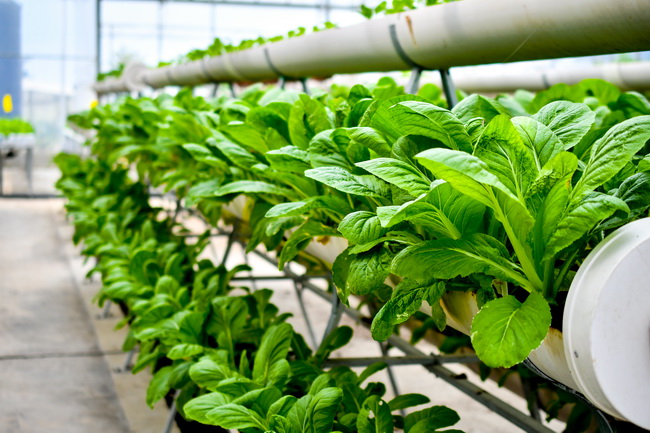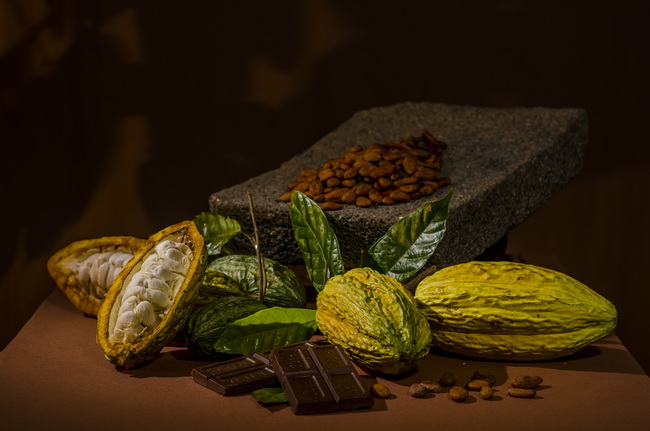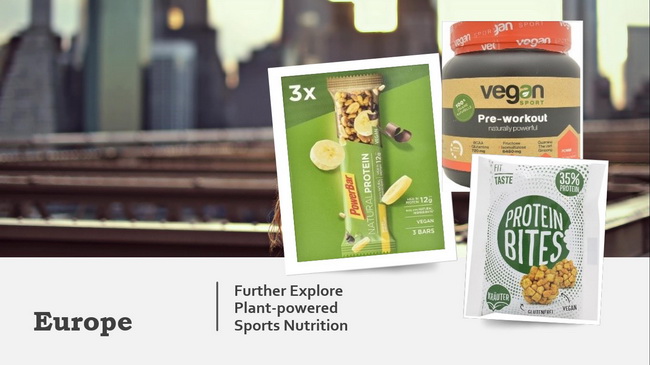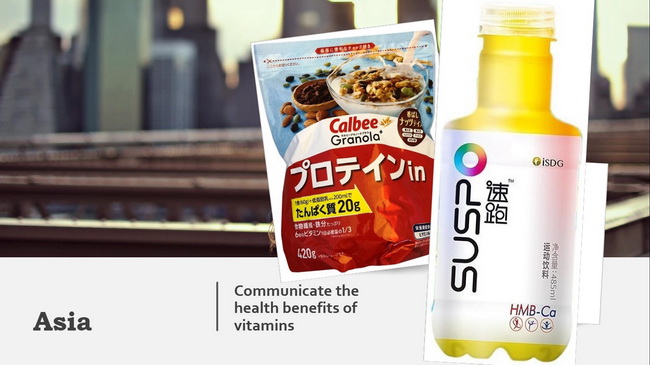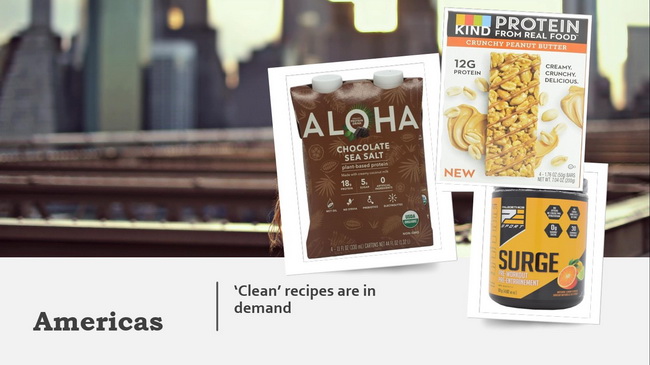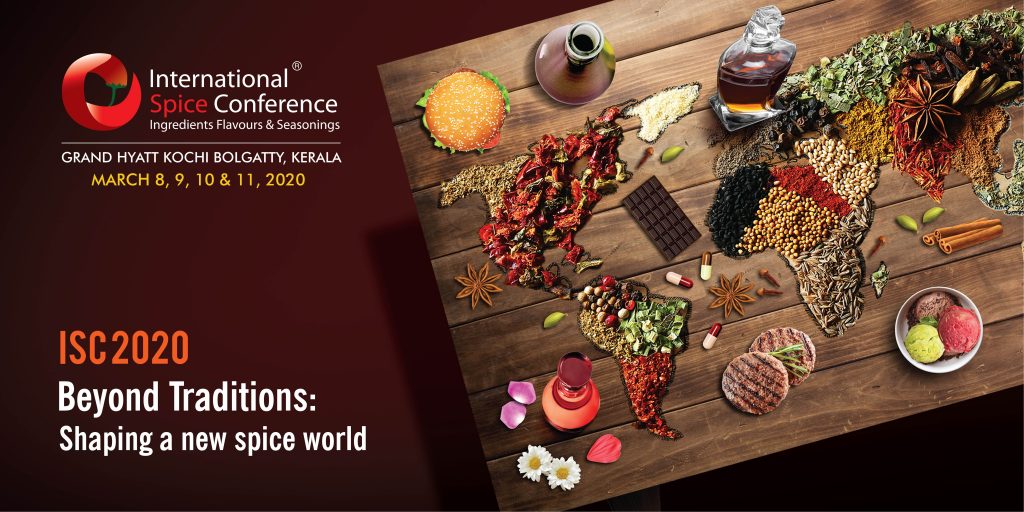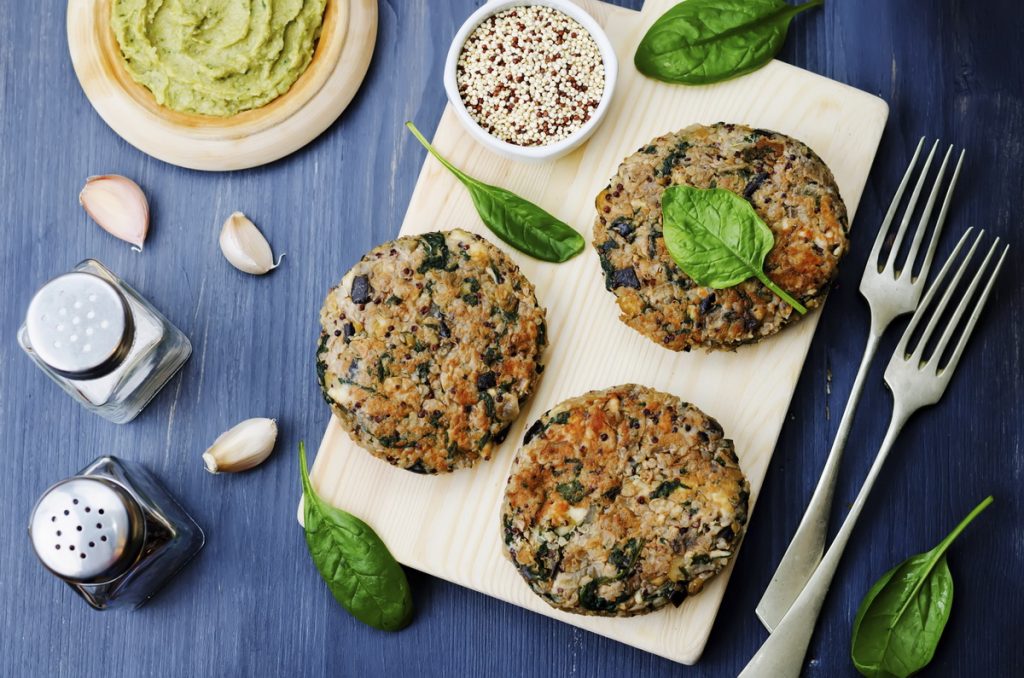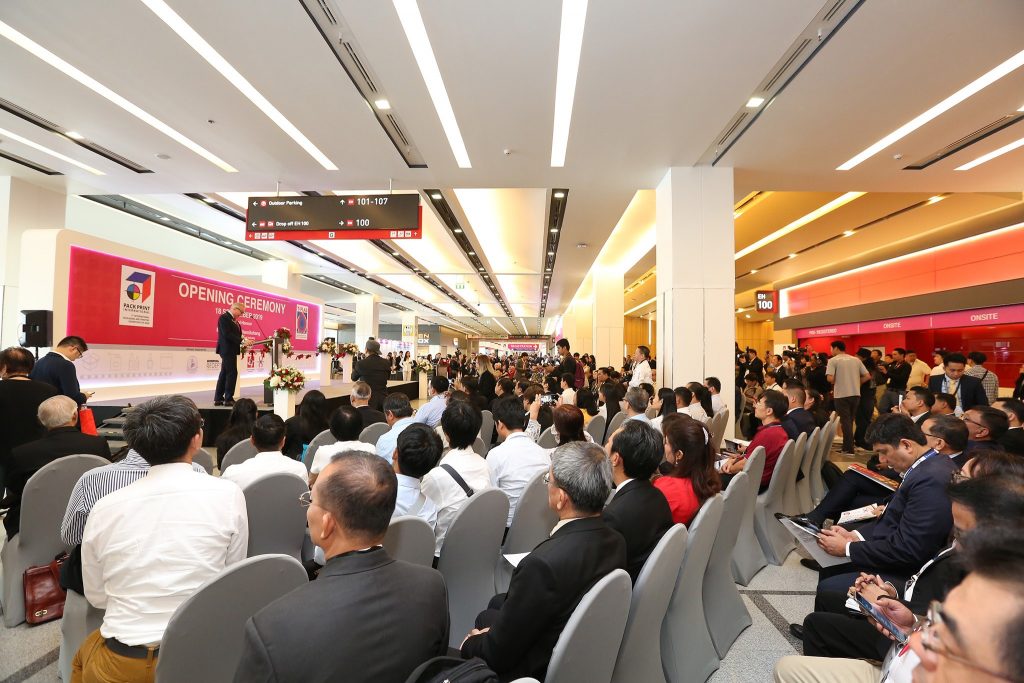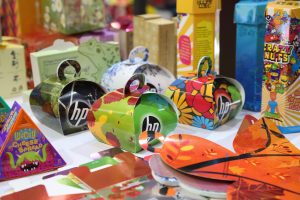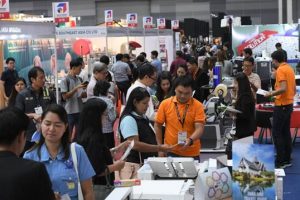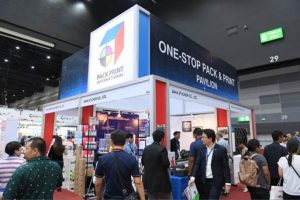จากการสำรวจประชากรสูงอายุในประเทศไทยปี พ.ศ. 2560 โดยสำนักงานสถิติแห่งชาติ พบว่าผู้สูงวัยที่อายุ 60 ปีบริบูรณ์ขึ้นไปมีจำนวน 11,312,447 คน คิดเป็นร้อยละ 16.7 ของประชากรไทย มีการคาดการณ์ว่า ในปี พ.ศ. 2573 คนไทยที่อายุเกิน 60 ปีบริบูรณ์จะมีมากกว่าร้อยละ 25 แต่ในหลายประเทศผู้สูงวัยหมายถึงบุคคลที่มีอายุ 65 ปีขึ้นไป เป็นวัยที่ความเสื่อมของร่างกายตามธรรมชาติปรากฏให้เห็นอย่างชัดเจน มีโรคที่เกิดจากความเสื่อมตามวัยได้ องค์การอนามัยโลกให้คำจำกัดความผู้สูงอายุที่มีสุขภาวะดีว่าเป็นผู้สูงอายุที่มีโรคน้อย แม้มีโรคก็มีสุขภาพดี โดยมีร่างกายแข็งแรง คล่องแคล่ว กระฉับกระเฉง จิตใจผ่องใสและเป็นสุข ดูแลตนเองได้ ไม่ต้องพึ่งพาคนอื่น เข้าสังคมและร่วมกิจกรรมในสังคมได้ จัดเป็นผู้สูงอายุที่มีคุณภาพและคุณค่า

รายงานในปี พ.ศ.2557 พบว่า ร้อยละ 70 (10.5 ล้านปี จากทั้งหมด 14.9 ล้านปี) ของปีสุขภาวะที่คนไทยสูญเสีย เกิดจากโรคไม่ติดต่อเรื้อรัง หรือ NCDs (non-communication diseases) โดยโรคที่พบเป็นสาเหตุบ่อยเรียงลำดับจากมากไปน้อย คือ โรคหลอดเลือดสมอง อัมพฤกษ์และอัมพาต โรคหลอดเลือดหัวใจ โรคมะเร็ง โรคเบาหวาน ความดันโลหิตสูง และโรคทางเดินหายใจเรื้อรัง กลุ่มโรค NCDs ทั้งหมดเกิดจากคนไทยดำรงชีวิตประจำวัน ทั้งการกิน การอยู่ แบบคนเมืองมากขึ้น นั่นคือ บริโภคอาหารปริมาณมาก แต่สัดส่วนและคุณภาพไม่เหมาะสม มีไขมัน น้ำตาลและเกลือปริมาณมาก มีการเคลื่อนไหวร่างกาย และกิจกรรมออกแรงน้อยลง ชีวิตเต็มไปด้วยความเครียด รีบเร่งและแข่งขัน แวดล้อมด้วยมลพิษ ยาสูบ แอลกอฮอล์ และสิ่งเสพติด
ปัจจัยเหล่านี้ส่งผลกระทบต่อทุกวัย เริ่มตั้งแต่ทารกในครรภ์ มารดาต้องเรียนรู้และดูแลตนเองขณะตั้งครรภ์อย่างถูกต้อง เพื่อให้มีสุขภาพดี มีน้ำหนักตัวเพิ่มขึ้นอย่างเหมาะสม ประมาณ 12-15 กิโลกรัม ป้องกันการเกิดภาวะแทรกซ้อนจากการตั้งครรภ์ การบริโภคและกิจกรรมออกแรงที่มารดาทำจะส่งผลต่อการเจริญเติบโตและการพัฒนาของทารกในครรภ์ ถ้ามารดาน้ำหนักตัวเพิ่มขึ้นมาก บางคนมากเกิน 20 กิโลกรัม ทารกอาจมีน้ำหนักตัวแรกเกิดมากเกินไป หรือถ้ามารดาน้ำหนักตัวเพิ่มขึ้นน้อยไป ทารกอาจมีน้ำหนักตัวแรกเกิดน้อย ทำให้มีความเสี่ยงขณะคลอดและสุขภาพที่ไม่ดีในอนาคต นอกจากนี้มารดาต้องนำสิ่งที่เรียนรู้ในขณะตั้งครรภ์มาเลี้ยงดูลูกให้เติบโตและพัฒนาตามวัย รวมทั้ง ควรดูแลความเป็นอยู่ของคนในครอบครัวเพื่อให้ปลอดจากโรคเรื้อรัง NCDs ด้วย
ในวัยเรียน เด็กควรได้เรียนรู้การกินการอยู่ที่ถูกต้องจากโรงเรียนและทำได้จริง สอดคล้องกับการเลี้ยงดูที่บ้าน เมื่อเป็นผู้ใหญ่จึงดูแลตนเองได้และในที่สุดสามารถดูแลครอบครัวให้กินดีอยู่ดี วัยผู้ใหญ่หรือเมื่อเริ่มทำงานเป็นจุดเปลี่ยนของชีวิตที่สำคัญเพราะเป็นช่วงเวลาของการสร้างฐานะ สร้างครอบครัว และความก้าวหน้าในหน้าที่การงาน นอกจากนี้ เป็นช่วงชีวิตที่โรคเรื้อรัง NCDs มักก่อตัวขึ้นโดยไม่รู้ตัว เนื่องจากระยะเริ่มแรกของโรคเรื้อรังไม่แสดงอาการใดๆ สัญญาณเริ่มแรกของโรคเรื้อรังที่เห็นง่ายวัดง่าย คือ น้ำหนักตัว รอบเอว และความดันโลหิตเพิ่มขึ้น คนที่การกินการอยู่ไม่เหมาะสมโรคเรื้อรังจะก่อตัวเร็วขึ้น หากไม่รู้ตัวไม่ได้รับการแก้ไขหรือรักษา โรคจะเป็นมากขึ้น จนแสดงอาการและความเจ็บป่วยออกมาชัดเจน ทำให้ต้องเข้ารับการรักษาและติดตามต่อเนื่อง มีค่าใช้จ่ายเพิ่มขึ้นในขณะที่ประสิทธิภาพการทำงานลดลง ถ้าวัยเรียนหรือวัยผู้ใหญ่สุขภาพไม่ดี มีโรคเรื้อรังเกิดขึ้น จะเป็นผู้สูงวัยที่เป็นภาระต้องรับการดูแลรักษาและความช่วยเหลือตลอดไป

จากรายงานการศึกษาพยากรณ์อายุคาดเฉลี่ยที่มีสุขภาวะของประชากรไทย โดยสำนักงานพัฒนานโยบายสุขภาพระหว่างประเทศ กระทรวงสาธารณสุข พบว่า ในปี พ.ศ.2558 ค่าอายุเฉลี่ยของคนไทยเท่ากับ 74.8 ปี แต่ค่าอายุเฉลี่ยที่มีสุขภาพดีของคนไทยเท่ากับ 68.2 ปี นั่นคือ ก่อนเสียชีวิตคนไทยอยู่โดยมีสุขภาพไม่ดีนานถึง 6.6 ปี ประเทศไทยกำลังเข้าสู่สังคมผู้สูงอายุ ซึ่งควรเป็นสังคมผู้สูงอายุที่มีศักยภาพ คือ ผู้สูงอายุส่วนใหญ่มีคุณภาพและคุณค่าตามลักษณะที่กล่าวข้างต้น ดังนั้น จำเป็นต้องมีการเตรียมตัวดูแลสุขภาพตั้งแต่เยาว์วัย โดยต้องสร้างสุขภาวะดีตลอดอายุขัย เพื่อคนไทยมีชีวิตอยู่โดยปีที่มีสุขภาพไม่ดีน้อยลง ไม่ให้ประเทศชาติต้องแบกรับภาระด้านต่างๆ ของโรคเรื้อรังที่เกิดขึ้นในวัยทำงานหรือเมื่อสูงวัยมากเกินไป ความคาดหวังให้ประเทศไทยมีความมั่งคั่งทางเศรษฐกิจ สังคมไทยและชาติไทยมีความมั่นคงอย่างยั่งยืนจึงจะเป็นจริงได้
โดย: ศาสตราจารย์เกียรติคุณแพทย์หญิง วรรณี นิธิยานันท์
ราชวิทยาลัยอายุรแพทย์แห่งประเทศไทย

